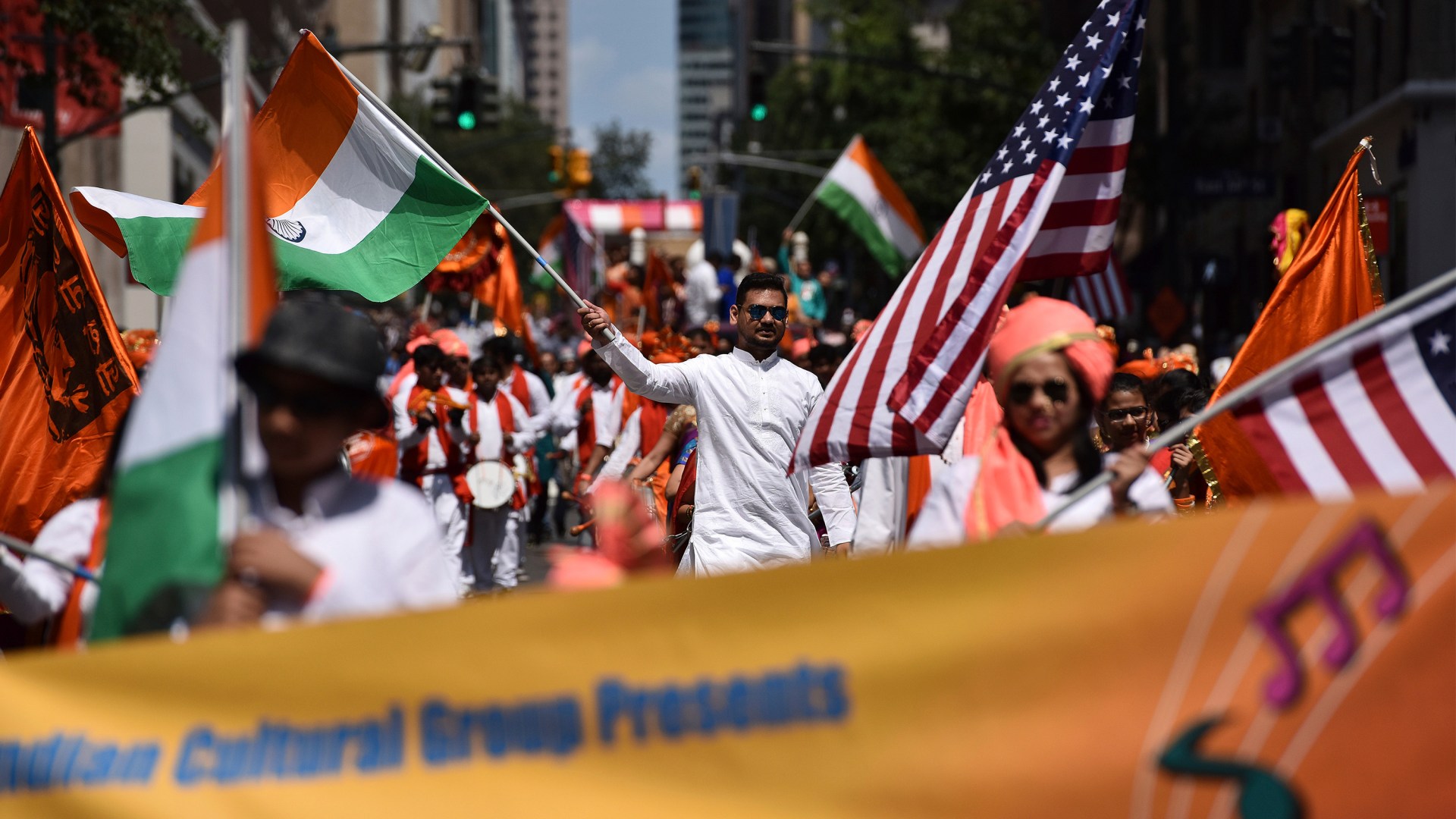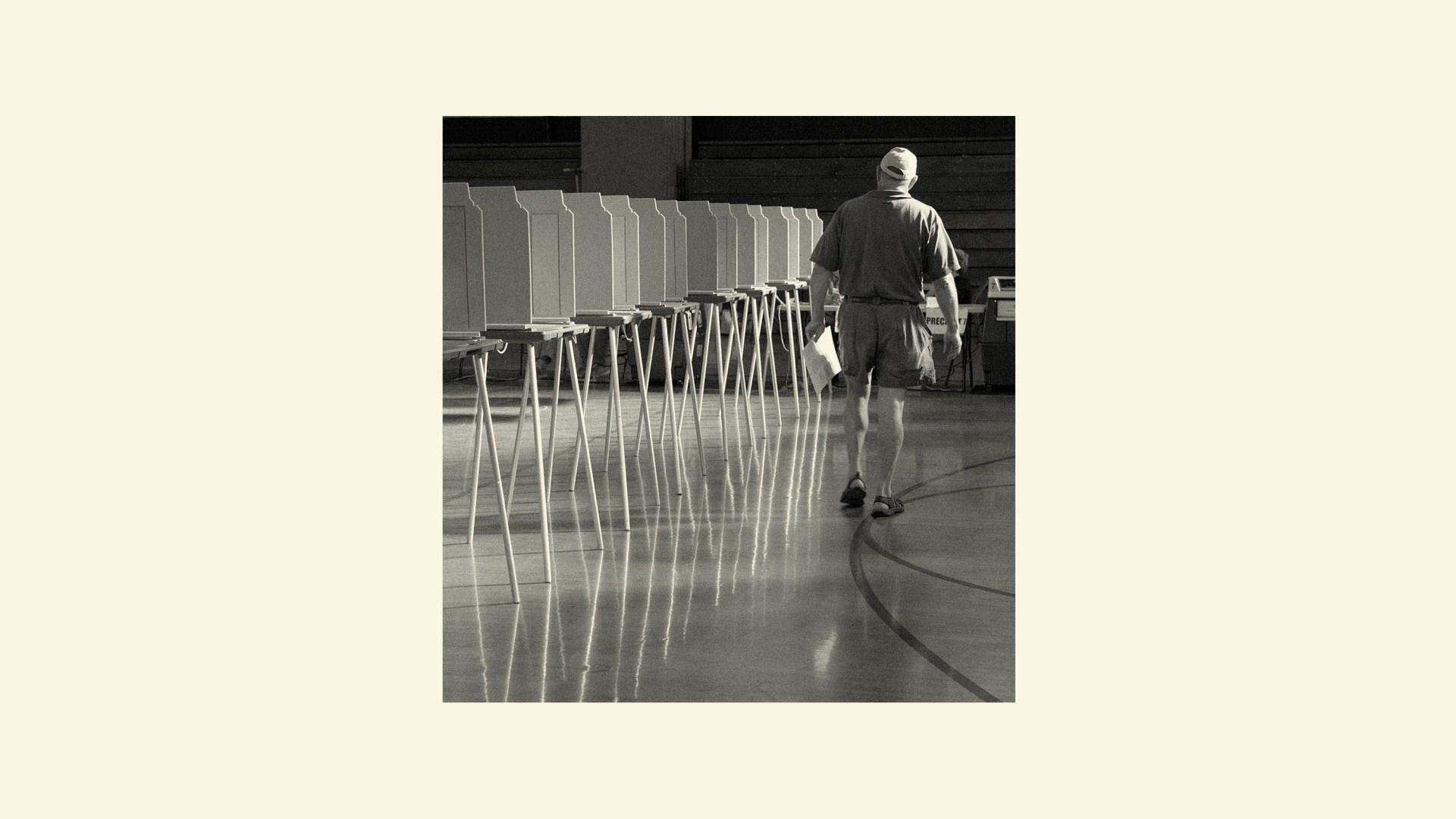Some years ago, author Hal Runkel trademarked a phrase that made his name: screamfree parenting. It’s a memorable term because it captures viscerally what so many moms and dads want: parenting without the volume turned up to 11—whether of our kids’ voices or our own.
I’d like to propose a similar phrase: screen-free church. It’s a vision for an approach to Christian community and especially public worship that critically assesses and largely eliminates the role of digital devices and surfaces in church life. But the prescription depends on a diagnosis, so let me start there.
Consider the following thesis: The greatest threat facing the church today is not atheism or secularism, scientism or legalism, racism or nationalism. The greatest threat facing the church today is digital technology.
At this point, you’re already either vigorously nodding or rolling your eyes. This is one of those claims for which true believers are zealous converts. The point of what follows, however, is not to mount the full argument on behalf of my claim; that would require another article altogether, and we would never get around to the details of a screen-free church. But I do want the idea to seem plausible to you, so let me address the skeptics at the outset. If you’re not the choir to whom I’m preaching, honor me by suspending your disbelief for a few minutes.
It’s unlikely that many Christians are conscious techno-optimists, arguing explicitly that digital technology is basically good, maybe even a gift from God for use in worship. The uncritical integration of screens in American churches, however, suggests that in practice this is what many of us believe.
Yet the observable effects of a screen-mediated life should quickly disabuse us of that notion. Count the ways digital technology influences us: it speeds up our lives; shortens our attention spans; decreases literacy; distracts from duties and loves; fosters an “itch” we constantly feel the need to scratch; draws us from faces and bodies and the outdoors to screens and artifice and the indoors; blurs the line between virtual and real; increases loneliness and isolation, anxiety and depression; elevates safety and risk aversion over courage, adventure, and risky behavior; and much more besides. These effects are a threat to vibrant faith for many reasons, not least that people incapable of focus will be incapable of prayer.
In short, a simple exhortation to be a little more careful—to limit your teen’s screen time or put the phone down during dinner—is not a sufficient remedy. As Marshall McLuhan observed 60 years ago, the “conventional response to all media, namely that it is how they are used that counts, is the numb stance of the technological idiot.”
Strong words, but McLuhan knew what he was talking about. He articulated a fundamental principle that he learned first from the Psalms: “We become what we behold” (see Psalm 115:8; 135:18)—and there are some things not worth beholding (Phil. 4:8). Speaking presciently about our own time, McLuhan went on to say that “subliminal and docile acceptance of [forms of media] has made them prisons without walls for their human users.” Have you ever read a better description of Mark Zuckerberg’s empire of misery?
But neither is it the right tack to reject all technology. Christians are not called to be Luddites, and the church is not anti-tech. Anything made by humans is a kind of technology, and understood in this broad sense, technology is at home in the church. The church quite literally could not exist without it. We have every reason to trust that God imparts and blesses a variety of technological uses and gifts to humanity in general and Christians in particular—to better love him and serve our neighbors.
Yet to say this is emphatically not to let us off the hook about screens. Technology use requires discernment, spiritual and otherwise. Christians, especially evangelists and evangelicals, are quick to see potential uses to advance the gospel but slower to see the long-time formative impact of a technology on a community over time. If, though, we become what we behold, then we’d better be shrewd about adopting new objects for beholding.
To echo McLuhan’s more famous line: If the medium is the message—if the vehicle of the gospel has the potential to speak alongside, or even louder than, the gospel itself—then we must be vigilant about the media that fill our lives and, above all, our public gatherings of worship. My contention is that the overwhelming evidence for the deleterious effects of a screen-mediated life should make us extremely wary of welcoming this particular technology into church.
Now, let’s say you’re intrigued. It’s probably hard to imagine your congregation, let alone the bigger one down the road, minus screens and digital devices. We do live, after all, in the digital age. What would a screen-free church look like? How would you even get people on board?
The first thing to know is that this is not only possible but already happening, probably in your own town or city. “High church” liturgical traditions like the Eastern Orthodox often have sanctuaries devoid of screens and other evidence of digital technology. At most, the priest has a microphone for the hard of hearing or if it is a large sanctuary.
That may strike you as awfully close to the Amish. Fine—so long as we agree the comparison isn’t a critique. The Amish are a sophisticated technological culture with wisdom to share. The question they pose is not “Won’t you join us, back in the 19th century?” It is instead “How have you too discerned God’s will for technology in the life of his people?” The answer, far too often, is “Oh … we haven’t.”
So screen-free church is possible in the year of our Lord 2024, even for the non-Amish. But I realize the Orthodox may seem quite distant from your congregation, so let’s start small before we think big.
Begin with smartphones themselves. Every church of every kind should foster—through some combination of quiet example, tacit incentives, gentle encouragement, and direct prescription—public liturgical space absolutely free of smartphones.
Pastors should lead the way. If they never say no to technology, then a yes means nothing. Children learn this lesson very early. Only in a relationship where a denial is possible does an affirmation take on meaning. Congregational leadership is worth its salt on tech issues when and only when it can point to technologies it discourages or refuses to permit in the sanctuary. If it simply throws open the doors to all and sundry, then it has to that extent forsaken its charge to care for the flock.
Practically, let pastors leave their phones in their offices or, even better, at home. No one should use smartphones in any public roles of leading worship, whether clergy or laity, whether reading Scripture or leading prayers.
By the same token, pastors should not invite people to “open up their Bible apps.” Such an invitation is well-intentioned but doubles, as McLuhan would remind us, as an occasion for distraction. Why? Because in opening their phones, parishioners will see a text message they missed, a social media alert, or an update on a football injury. Instead of focusing its attention on the Word of God, the congregation has inadvertently been summoned to do anything but.
One way to encourage screen-free worship is to set up boxes, lockers, or “pockets” just outside the entrance to the sanctuary. Depending on your church’s size and comfort level, these could range in terms of their security. (I’m well aware that people are anxious about losing their phones. All the more reason to leave them at home.) In this case, churches would be following the lead of many middle and high schools, where educators have finally realized that students can’t learn with smartphones in their pockets, much less on their desks.
The knock-on effects of a phone-free sanctuary are plentiful and salutary. Teenagers would have no brief against their parents—Why can’t I use mine, since you’re on yours? Attention would be focused on the Lord and his ministers, the words and the prayers, the bread and the wine. Physical Bibles might reappear. Songs might be memorized. Sermons might be absorbed! Boredom would have to be suffered rather than digitally medicated. This is all to the good.
If this brief sketch sounds wonderful, maybe too wonderful, I promise you it is far easier to accomplish than it may sound. Whereas if it sounds fanciful, allow me to point out that this is not a call to return to the way we worshiped long ago in Bible times. It is the way we worshiped in this country less than 15 years ago.
What else might be done to promote a screen-free church? Let me close with a list of five practical examples.
First, pastors should broadly encourage a culture of scriptural literacy by inviting or even expecting people to bring physical Bibles to church. Christians of every age, but especially children, teenagers, and young adults, will not become literate or think of their faith as related to the practice of reading without the omnipresence of books in their lives. In the church, that means the Bible. If the only Bible Christians know is on an app, we’ve already lost the battle.
Second, pastors should severely curtail the practice of livestreaming worship. I’ve laid out a full case elsewhere for churches turning off the streaming faucet, so to speak. One option is to record the sermon or the whole service and to share a password-protected link later that day solely with members of the congregation. That way, the church can welcome and remain connected to those who are homebound or unwell or otherwise unable to make it without communicating (again, via the medium that, all by itself, speaks a message of its own) that “streaming from home” is equivalent to being present in the body.
It isn’t. No pastor should say, “Thank you for joining us, whether here in person or online.” Nor should the shape of the service in any way be adjusted to make it more palatable to streaming technologies. Believers who gather together as a body should never feel like fans of a band or standup whose performance has been arranged primarily for “live recording.” That kind of Netflix Special–ification of Christian worship is everything wrong with today’s digitized church.
Third, pastors should limit or eliminate reliance on videos for announcements and illustrations. Screens are tools of distraction because their power to capture our attention makes them irresistible vessels of entertainment. Our eyes always want more, just as our bellies never have their fill of sugar.
But church is not meant to be empty calories—or extra ones. It is meant to be a feast, a spiritually nutritious meal hosted by the Lord himself. Ninety-nine times out of one hundred (and I’m generous with that one exception), videos in Christian worship serve only to distract, dull, overwhelm, or entertain. They are a Trojan horse for superficiality. They promise engagement but invariably overshadow the words of Scripture or the sermon, which are undeniably less entertaining, less engaging, than whatever a video might have to offer. It turns out that preachers who rely on video are unwittingly putting themselves out of a job.
Fourth, does it follow that churches should therefore rid the sanctuary of physical screens altogether? I understand why many would hesitate at this point, even if they agree with me regarding the greater screen-free vision. Perhaps the church is large, and screens project an image of what is happening on the stage or before the altar. Perhaps screens are reserved exclusively for text: the words of a song or a passage from Scripture. Surely such minimal use is permissible?
Maybe. But since I’m trying to cast a vision and expand our imaginations, suppose for a moment what would be lost without screens—and thus what would be gained.
One desirable loss would be the temptation to stare at a screen instead of the embodied human being(s) in front of the assembly. This is difficult when screens proliferate in liturgical space, because they draw the eyes—and thus the eyes of the heart—this way and that.
Another loss would be the felt need by pastors and church staff to do something with the screens once available. This is one more demonstration of McLuhan’s rule: Screens are not neutral. Sitting there blank is not an option; we feel they ought to be filled, put to use, somehow. Like the television, they beckon to be turned on. Yet if they weren’t there at all, they couldn’t ask to be used in the first place.
Fifth and finally, everything I have suggested so far would both build on and require the creation of a new ecclesial and congregational culture. For example, in the immediate aftermath of the pandemic, leadership coach and former pastor Carey Nieuwhof looked a decade ahead and saw a church transformed by the move online. In truth, he wasn’t so much predicting the future as prescribing how he thought faithful churches ought to change in the present moment of technological and social destabilization. Accordingly, he argues that “growing churches [would become] digital organizations with physical locations.”
As a description of the vision animating (or terrifying) church leadership today, Nieuwhof’s forecast was on target. As a recommendation of how Christians should face the digital age, his advice couldn’t be more wrong.
Either way, his comments are useful because they encapsulate the implicit and often explicit culture of our congregations. They clarify the conversation.
Here are the stakes: Our churches feel no different, digitally speaking, than our public schools, universities, retail stores, restaurants, and places of entertainment. They’re awash with screens, smart devices, QR codes, videos, canned music, links, social media—all of it. The tsunami of information continuously assaulting our eyes, minds, and hearts is just as powerful, just as loud, just as overwhelming within our spaces of worship as without.
It shouldn’t be. Church should and could be different.
Granted, change would entail a minor, or not so minor, revolution. If, however, digital technology is indeed the greatest threat facing the life, worship, and mission of the church today—if it reliably robs us of attention, literacy, courage, and inner peace—then we shouldn’t be surprised. A screen-free church may be a big ask, but in response to such a threat, anything faithful is bound to be.
Let’s not worry about how difficult making the necessary adjustments would be. Let’s worry about the threat itself, then act.
Brad East is an associate professor of theology at Abilene Christian University. He is the author of four books, including The Church: A Guide to the People of God and Letters to a Future Saint.




































































